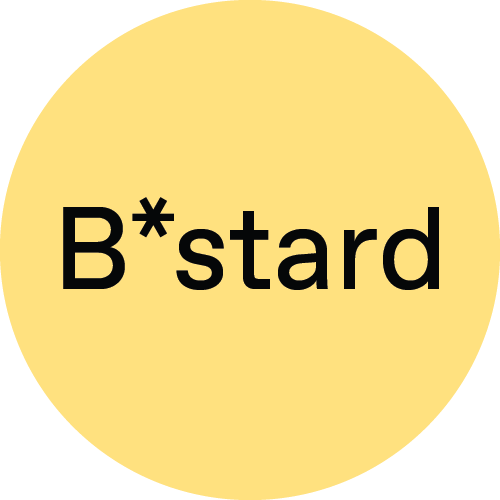Handlekurven er tom
-
0
- A-Å Kunstbøker
- Coffeetable
- Gavekort
- Gratisbøker
- Håndlagde bøker
- Keramikk
- Kunstbokmessen B*stard 2023
- Kunstbokmessen B*stard 2024
- Kunstbokmessen B*stard 2025
- Lyd
- Oplandia-arkivet
- Papirpose
- Prosa og poesi
- Tegning
- Tilbehør
- Utstillingskataloger
- Nyheter
Handlekurven er tom




































